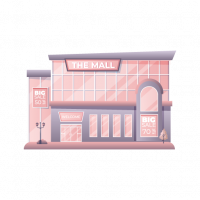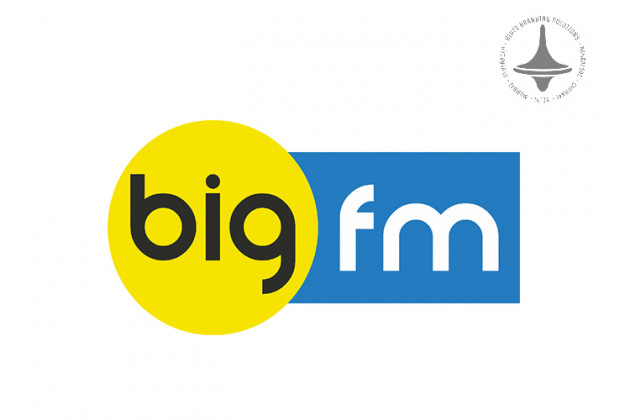Mall Media | LED Display | Retail Advertising | Digital Marketing

In an era where digital transformation is reshaping industries, retail advertising is no exception. The emergence of LED displays in malls is revolutionizing how brands interact with consumers, offering dynamic and engaging marketing opportunities. But are LED displays truly the future of retail advertising? Let’s explore the impact, benefits, and future prospects of this innovative technology.
The Rise of LED Displays in Malls
Traditional advertising methods, such as print banners and
static billboards, are gradually being replaced by digital solutions. LED
displays have become a focal point in modern shopping centers, providing
high-definition visuals that capture shoppers’ attention. With the ability to
showcase vibrant content, video advertisements, and interactive campaigns, LED
displays are redefining brand engagement.
Advantages of LED Displays for Retail Advertising
1. Enhanced Engagement and Visibility
LED screens offer a visually striking medium that attracts
customers' attention far more effectively than static images. Their brightness,
clarity, and motion-driven content ensure that advertisements stand out even in
crowded mall environments.
2. Real-Time Content Updates
Unlike traditional signage, LED displays can be updated
instantly. Retailers can modify content based on promotions, special events, or
customer demographics, ensuring that advertisements remain relevant and timely.
3. Cost-Effectiveness in the Long Run
Although the initial investment in LED screens can be high,
they offer significant cost savings over time. Businesses can run multiple
campaigns without the need for printing new materials, reducing long-term
advertising expenses.
4. Interactive and Personalized Marketing
With advancements in artificial intelligence and data
analytics, LED displays can deliver personalized advertisements based on
consumer behavior. Interactive screens can even allow customers to engage with
ads through touchscreens or mobile connectivity.
5. Sustainability and Eco-Friendliness
Compared to traditional printed ads, LED displays reduce
paper waste and printing costs. Many modern LED screens are also
energy-efficient, contributing to sustainable business practices.
The Future of LED Displays in Retail
As retail evolves in the digital age, LED displays are
expected to become even more sophisticated. Innovations such as 3D LED
technology, augmented reality (AR) integration, and AI-powered targeted
advertising will further enhance their impact.
Additionally, the increasing adoption of smart analytics in
LED advertising will allow retailers to measure consumer engagement, refine
their marketing strategies, and optimize sales conversions.
Challenges and Considerations
While LED displays offer numerous benefits, some challenges
remain. High installation costs, maintenance requirements, and potential
consumer fatigue from excessive digital advertisements are factors that
retailers must consider. However, as technology advances and costs decrease,
these obstacles are likely to diminish.
Conclusion
LED displays in malls are undoubtedly shaping the future of
retail advertising. Their ability to deliver high-impact, real-time, and
interactive content gives retailers a competitive edge in a fast-paced digital
market. As technological advancements continue, LED advertising will likely
become an essential component of the modern shopping experience, driving
consumer engagement and enhancing brand visibility.
Elyts Advertising and Branding Solutions | www.elyts.in (India) | www.elyts.agency (UAE)






















Leave a Comment